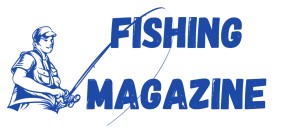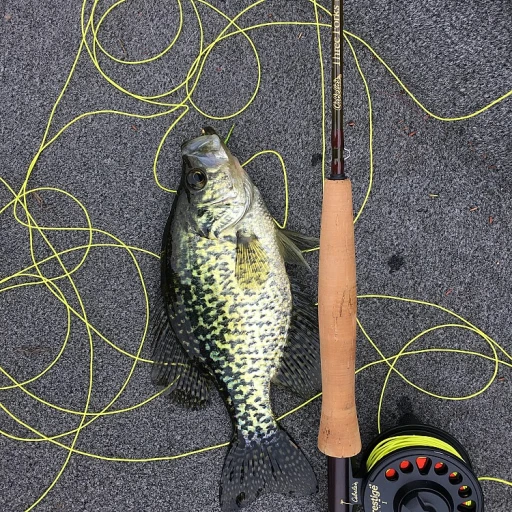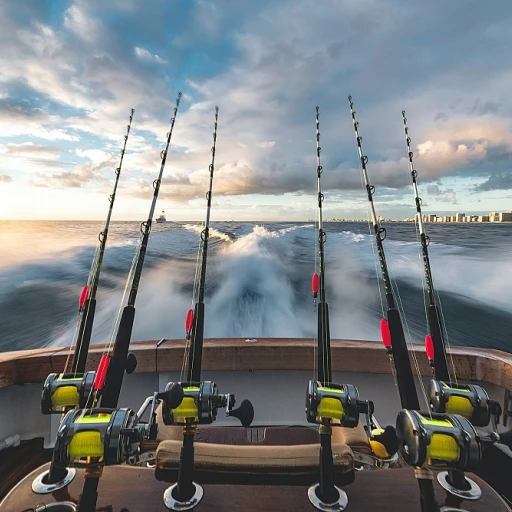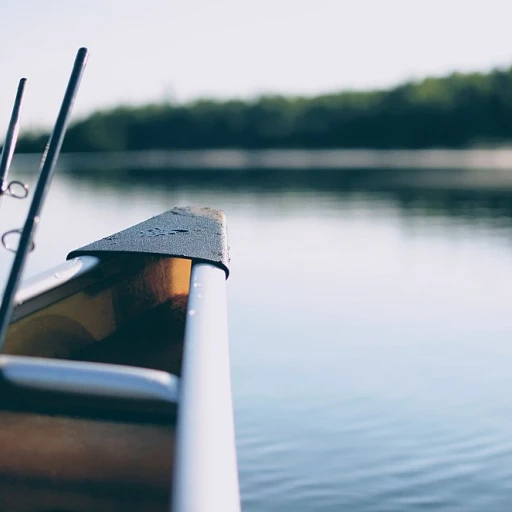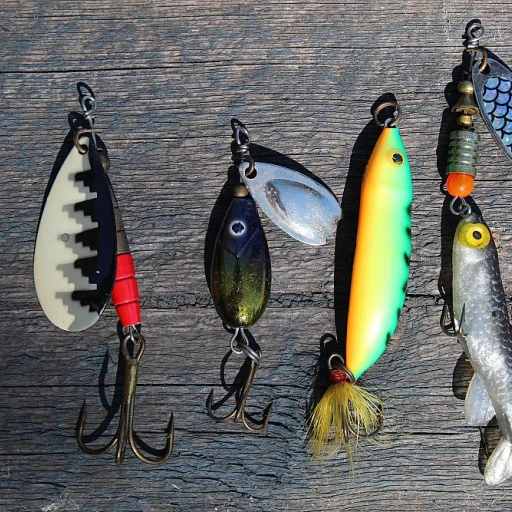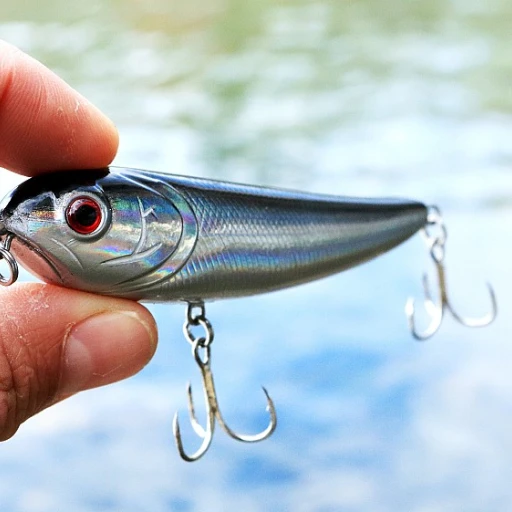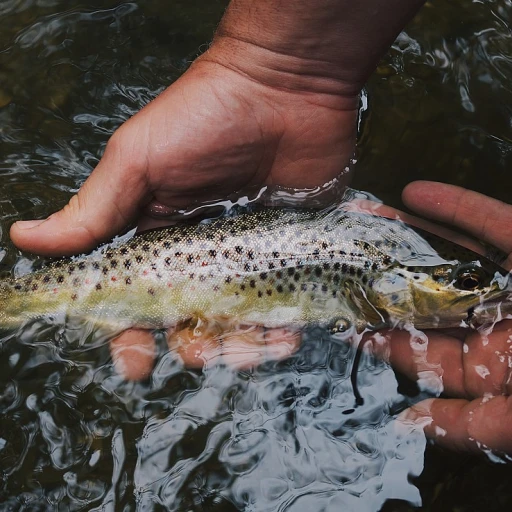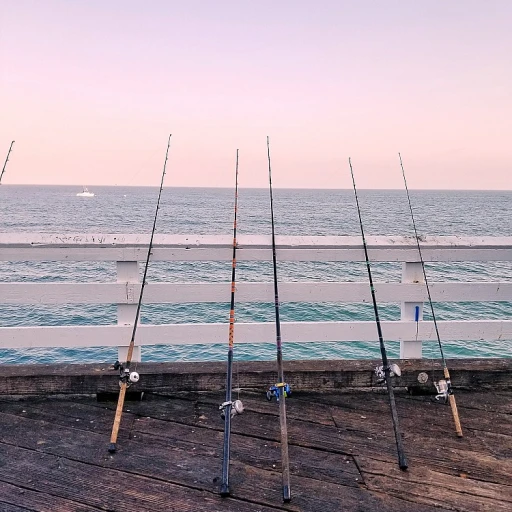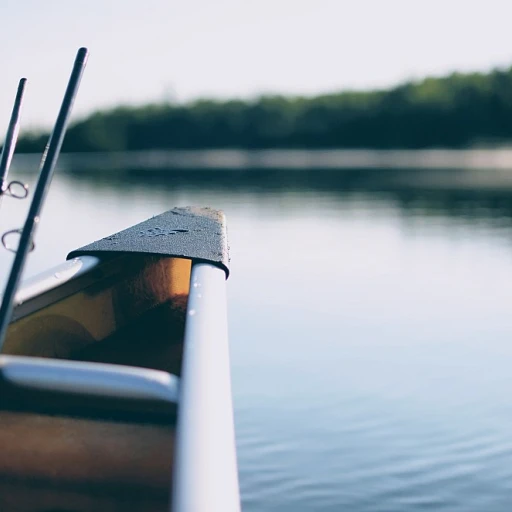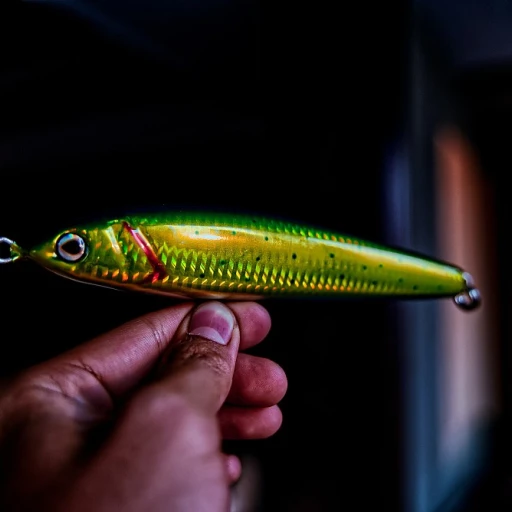
The Importance of Midge Pupa in Fly Fishing
The Vital Role of Midge Pupa in Fly Fishing
Midge pupa are a cornerstone in the fly fishing ecosystem, playing an integral part as a food source for fish like trout. Their significance in fly fishing cannot be overstated, especially when it comes to imitators like the zebra midge or disco midge.
The pupa stage of midges is when they break free from the water's surface film, making them an enticing target for fish.
One aspect that adds to the allure of using midge pupa in fly fishing is their abundance on water bodies. Given the sheer numbers in which midges reproduce, they are a reliable food source for many fish species. This reliability makes midge pupa patterns indispensable in a fly fisher's arsenal.
Given the size and small nature of midges, selecting the appropriate fly tying techniques becomes essential. You'll find that midges come in a variety of patterns—such as black zebra midge, secret midge, and the top secret midge—all designed to mimic the subtle movements of the natural pupa.
It's important to note that timing is everything when fishing with midge pupa. Since they dwell near the water's surface, understanding when they are most active can substantially increase your chances of a successful catch. Many anglers opt for dry dropper techniques where they rig a dry fly above a bead-head midge pupa, simulating the emerger phase of the midge.
In conclusion, incorporating midge pupa into your fishing strategy offers more than just a chance to increase your catch rate; it's an opportunity to hone your skills and appreciate the fine details that make fly fishing a beloved past-time for so many enthusiasts. Their affordability also means they can easily integrate into your selection without breaking the bank, adjusting from the original price to the current price effortlessly in your gear collection.
Selecting the Right Midge Pupa Patterns
Choosing Effective Midge Pupa Patterns
When it comes to fly fishing, selecting the right midge pupa pattern can make a significant difference in your success on the water. These patterns mimic the delicate and enticing appearance of midges emerging to the surface, making them irresistible to fish, especially trout.- Match the Hatch: Consider the specific environment and what the fish are feeding on. Water bodies may host different midge species, and closely matching your fly pattern to these can increase your chances of attracting fish. Observe what midges are present in your fishing area and tailor your patterns accordingly.
- Color and Size: Factors like water clarity and light can determine the effectiveness of a midge pupa pattern. In certain conditions, a zebra midge or disco midge in black or white can be quite effective, standing out in murky water. Appropriate sizes vary, but smaller flies often work well, particularly when fish are feeding on tiny insects just beneath the water surface.
- Emerger Patterns: These patterns can replicate the transitional stage midges undergo during emergence. Emergers are designed to sit in the surface film, making them an excellent choice when trout are feeding on the surface but you notice few dry flies around.
- Experiment with Options: Start with popular midge patterns and be ready to adjust. The diversity in midge pupa flies, from dry to wet options, allows for versatile approaches tailored to the day's conditions and the fish's preferences. Don't hesitate to try a favorite midge or a top secret pick you've tied yourself.
Techniques for Fishing with Midge Pupa
Effective Techniques for Catching Fish with Midge Pupa Flies
Fishing with midge pupa patterns requires a distinct approach compared to using traditional dry flies. Understanding how to mimic the midge's transformation from water emerger to adult fly is crucial. Here are some techniques to help you successfully fish with midge pupa.- Focus on Water Layers: Midges often transition near the surface film. Pay attention to how deep the fish are feeding and adjust your midge pupa fly accordingly. Keeping your fly at the right depth can make a significant difference in attracting strikes.
- Dead Drift Method: One of the most effective ways to present a midge pupa pattern is employing a dead drift. This technique imitates the natural drift of a pupa in the current, making it more enticing for trout seeking an easy meal.
- Experiment with Small Sizes: Given the size of real midges, using small fly patterns can often yield better results. Sizes 18 to 24 are commonly effective, with colors like black and white being particularly successful.
- Try a Dry Dropper Rig: Pairing a dry fly with a midge pupa dropper not only increases your chances of catching fish but also allows you to cover multiple feeding zones within the water column. This method enhances your ability to attract fish feeding on various stages of the midge's life cycle.
- Match the Hatch: Observing the local midge population and matching the size and color of your pupa pattern can be advantageous. This strategy improves the presentation, making your fly an irresistible food source for fish.
Essential Gear for Midge Pupa Fishing
Gear Up for Midge Pupa Success
For eager anglers delving into the art of fly fishing with midge pupa, the right gear can make all the difference. Whether you're targeting trout or other surface feeders, a well-stocked tackle box will set you up for a productive outing. Starting with your rod and reel, a lightweight setup is preferable. Opting for a 3 or 4-weight rod gives you better control, especially when presenting small midge patterns to discerning fish. A reel with a smooth drag system is essential, particularly when battling with energetic species that might take your fly for a ride. Fly lines tailored for precision and delicacy are important when dealing with midge patterns. A floating line facilitates smooth presentations of dry flies and emerger midge pupas that hover just beneath the surface film. This visibility is vital for anticipating strikes. Tippets and leaders are critical in ensuring stealthy delivery of your chosen pattern. Using a lighter, transparent fluorocarbon tippet in sizes 5x to 7x can greatly improve your chances of success, as wary fish are less likely to spot them. Incorporating an assortment of midge flies into your collection is a must. Favorites often include classics like the zebra midge, a go-to option for many due to its versatile color patterns ranging from black to white. The disco midge also deserves a spot, renowned for its ability to attract fish with its flashy appeal. Investing in quality fly tying supplies is wise for those looking to craft their own unique midge pupa patterns. This offers the flexibility to customize colors and sizes to match the local hatch or experiment with signature patterns, potentially giving you an edge over commercially available options. Lastly, organizing your gear efficiently cannot be overstated. A compact fly box specifically for small midge flies ensures you can easily access your top-secret patterns when the time is right. Remember, preparation is key in transforming your midge pupa fishing from a hobby to an art form.Common Mistakes When Using Midge Pupa
Common Pitfalls in Midge Pupa Fishing
When it comes to fly fishing with midge pupa, even experienced anglers can make mistakes that affect their success. Understanding these common pitfalls can help you improve your technique and increase your chances of landing that elusive trout.
One of the most frequent errors is choosing the wrong midge patterns. Many anglers overlook the importance of selecting the right size and color. Midges are typically small, so using a pattern that's too large can be a dead giveaway to wary fish. Opt for patterns that closely match the natural midge pupa in your fishing area, such as the popular zebra midge or disco midge. Remember, the right midge pattern can make all the difference.
Another mistake is fishing at the wrong time or in the wrong water conditions. Midges are most active during certain times of the day, often when the water is calm and the surface film is undisturbed. Pay attention to the behavior of the fish and adjust your approach accordingly. If you notice trout feeding on the surface, it might be time to switch to a dry fly or a dry dropper setup.
Additionally, many anglers fail to properly present their flies. The presentation is crucial when fishing with midge pupa. Ensure your fly drifts naturally with the current, mimicking the movement of real midges. Avoid drag by using a longer leader and lighter tippet, allowing your fly to float freely just below the surface.
Lastly, don't underestimate the importance of fly tying skills. Tying your own flies allows you to customize patterns to better match the local midge population. Experiment with different materials and techniques to create your favorite midge patterns, and don't be afraid to try something new.
By avoiding these common mistakes, you can enhance your fly fishing experience and increase your success rate when targeting trout with midge pupa.
Enhancing Your Fly Fishing Experience with Midge Pupa
Capitalizing on Midge Pupa for an Unmatched Fly Fishing Adventure
Embracing the use of midge pupa can significantly elevate your fly fishing experience. This might be due to their role as a fundamental food source, keeping trout sufficiently tempted across diverse fishing environments. Incorporating midge patterns into your strategy doesn't only improve the chances of a fruitful catch, but also enhances the depth and enjoyment of the fishing process.
First, recognize the unique appeal that midges hold for trout. Their small size and abundant presence in water bodies can activate trout's feeding triggers. When fishing with dry flies, consider the inclusion of a midge pupa pattern to mimic the natural emergence process at the surface film. Choosing the right pattern, such as a zebra midge or disco midge, can be pivotal in engaging your target species.
Moreover, understanding the subtleties of using midge pupa involves selecting patterns based on water conditions and trout behavior. While black might work well in cloudy waters, white could perform better under bright sunlight. Remember, the time invested in studying different midge patterns, such as the dry dropper, can yield insightful results, creating a resilient edge in your approach.
Lastly, mastering the techniques for fishing with midge pupa enhances not only your skill but also the excitement of your endeavors. Whether you are an enthusiast or a beginner, avoiding common mistakes like fishing with oversized flies can transform your overall fishing experience. Aim for smaller sizes that resonate with your favorite midge, an often understated yet top secret weapon in fly fishing.
By integrating these strategies, enriched by the specific use of midge pupa, your fly fishing ventures can be more rewarding and exhilarating than ever before.
